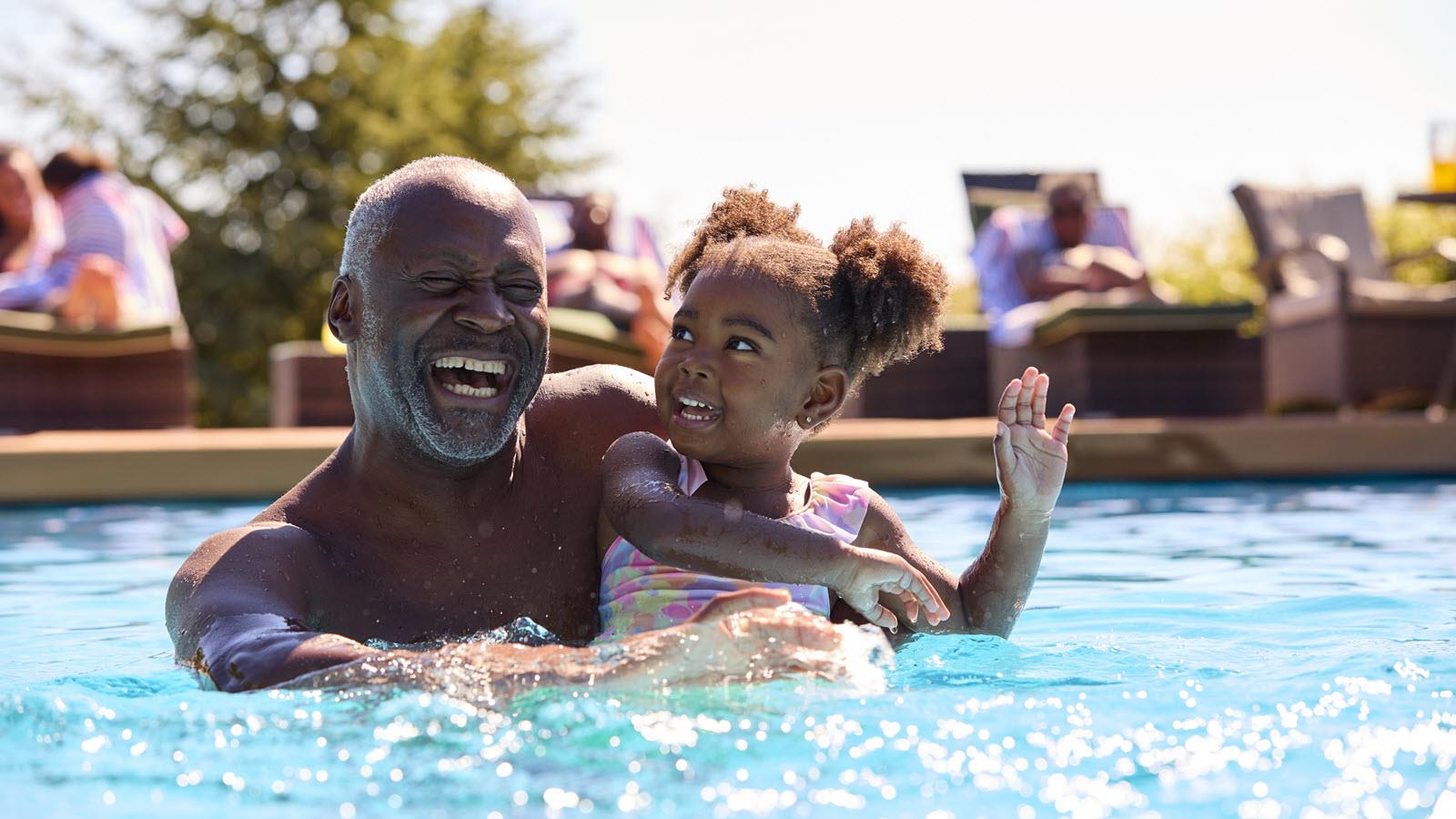Most of the time, a summertime dip refreshes and even exhilarates, especially when temperatures are scorching.
But sometimes the waters we swim in harbor germs that cause illnesses, public health experts say. Pools properly maintained with chlorine or bromine are safest, according to the U.S. Centers for Disease Control. In fact, research into 29 major outbreaks around the world found that since the 1950s only one occurred in pool waters that had been adequately disinfected.
Another report that looked at pool-related outbreaks recorded between 2015 and 2019, found 96% were associated with public pools, hot tubs, or water playgrounds, and 34% of the outbreaks took place at hotels and resorts, the CDC said. Ten percent of the time, routine inspections of U.S. pools and spas led to immediate closures. The U.S. CDC even gives consumers advice on bringing their own test strips to swimming pools.
When pools aren’t properly disinfected, adenoviruses, cryptosporidium, giardia, enteroviruses and other germs can lurk in water and then cause stomach virus symptoms or fevers and sore throats. For people who are immunocompromised, including those who have primary immunodeficiencies, these infections can be more serious.
Germs also can spread when swimming in oceans, lakes and ponds that have poor water quality. And unlike swimming pools, they can’t be managed with germ-fighting chemicals like chlorine. Environmental experts recommend that swimmers stay alert to recent spills or contaminations. Also avoid swimming near storm drains and stay away from natural bodies of water right after it has stormed, experts say.
Ideally, a swimmer would investigate if the body of water is safe for swimming. For oceans and lakes in the United States, visitors can check the U.S. Environmental Protection Agency’s database for warnings and closures. Similar reports are available in other parts of the world, such as Victoria, Australia, where the EPA monitors the water quality at beaches and other swimming areas.
The outlook is especially good for swimmers in Europe, according to a recent report. It showed that most of Europe’s coastal areas, rivers, lakes and ponds achieved the highest clean water standards for safe swimming. In Switzerland, known for its enviable water quality, it’s a summer tradition for swimmers to float down the Aare River that flows through Bern, where CSL Behring has a manufacturing site and research hub.
Wherever you swim in the world, follow this universal advice from water quality experts:
- Don’t drink the water you’re swimming in.
- Don’t let children swim if they are ill. And encourage them to take bathroom breaks.
- Cover any open skin wounds or avoid swimming at all with an open skin wound.
- Shower afterward and dry ears well.
- Wash hands after swimming and before eating.



